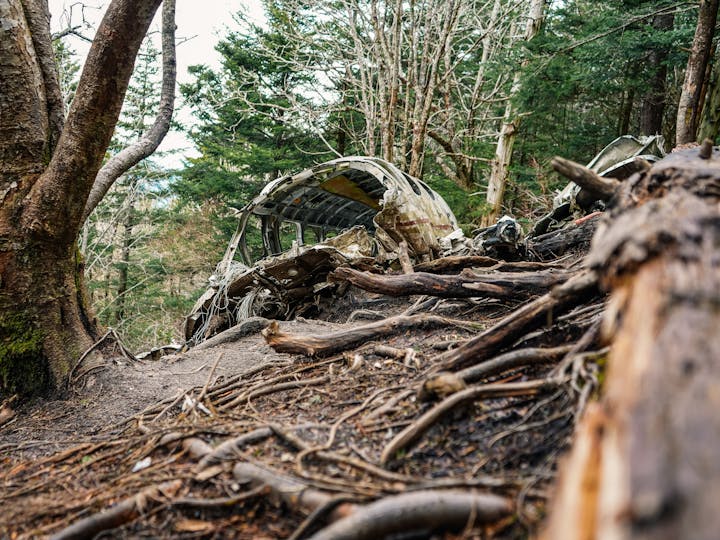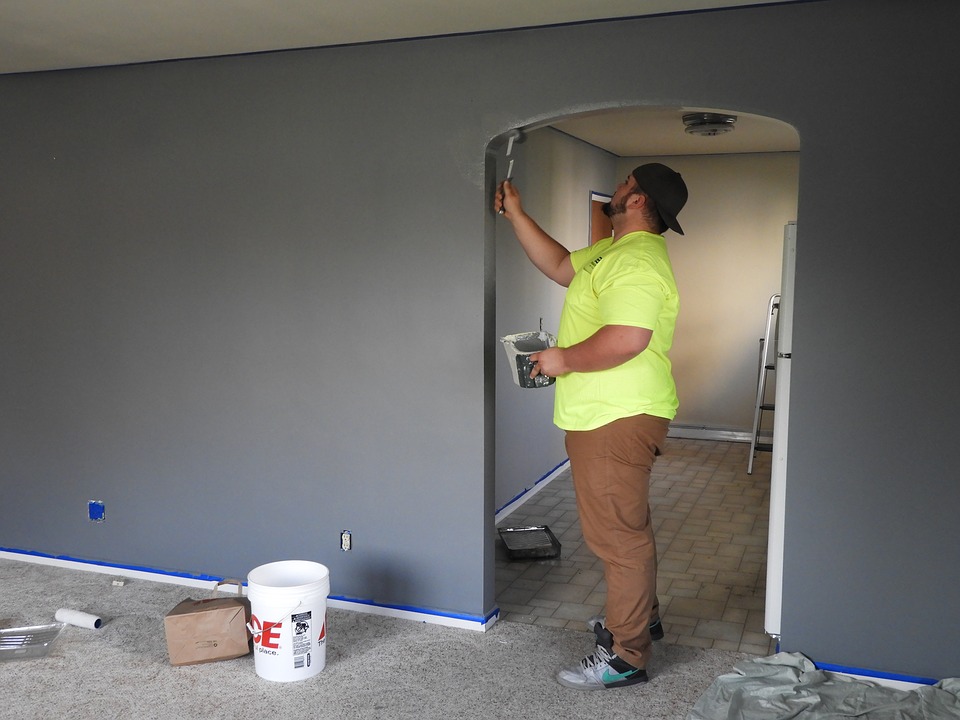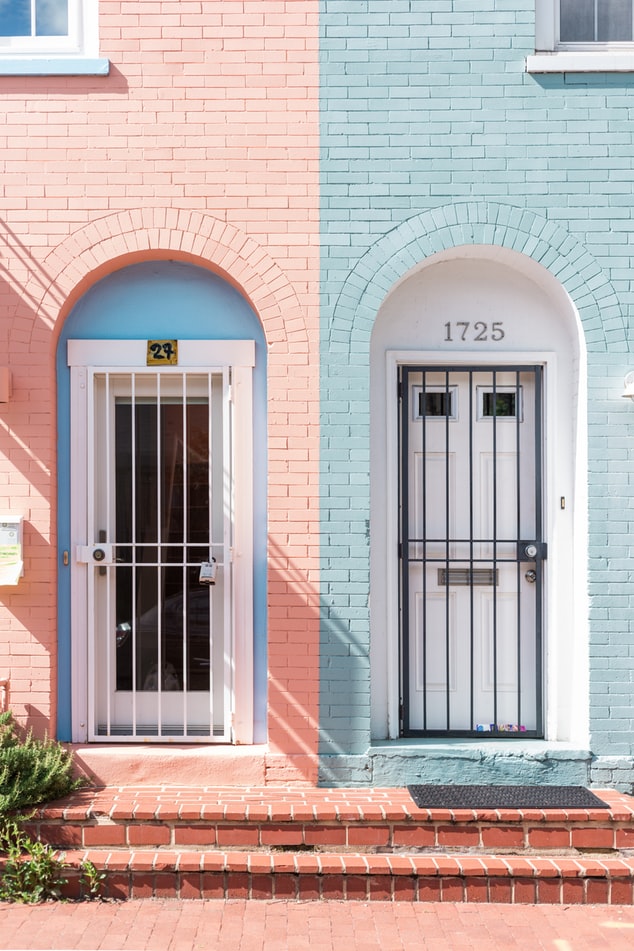Austin’s natural beauty comes with some seasonal challenges, especially for homeowners. While cedar fever is known for triggering allergies, many don’t realize its close cousin, tree debris, can wreak havoc on rooftops. Trees like mountain cedar can quietly shorten your roof’s lifespan with falling needles, sap, and storm-season buildup. That’s why consulting with an experienced roofer in Austin is essential for long-term home protection.
If you’re noticing an increase in roof debris during allergy season, here’s what you need to know—and what you can do about it.
Cedar Trees: More Than Just an Allergy Trigger
The cedar trees that cause widespread sneezing from December through March also drop significant debris—like needles, bark, and pollen—that often collects on rooftops, gutters, and valleys. This debris can:
- Trap moisture on the roof surface
- Accelerate moss and algae growth
- Clogged gutters, leading to water overflow
- Add unnecessary weight to roofing structures
Over time, these issues can damage shingles, cause leaks, and compromise ventilation. A qualified roofer in Austin can identify and address these problems early.
Why Tree Debris Is a Bigger Problem in Central Texas
Unlike regions with more rain or snow to wash away buildup, Austin’s dry winters allow debris to accumulate unchecked for weeks. Roofing systems are especially vulnerable in neighborhoods like Tarrytown, Barton Hills, and Steiner Ranch, where mature trees are common.
A seasoned Austin roofer understands how to spot region-specific issues like:
- Debris-backed water pooling in roof valleys
- Pollen buildup is affecting ventilation systems
- Shingle erosion due to acidic pine or cedar needles
This local insight separates general contractors from roofing professionals with actual Central Texas experience.
What Can Homeowners Do?
Here are four key steps to prevent tree-related roofing problems:
- Schedule Seasonal Cleanings
Have your roof and gutters professionally cleaned twice yearly (especially after cedar pollen season). It reduces wear and tear and improves drainage.
- Trim Overhanging Branches
Limit how much direct debris lands on your roof by keeping branches trimmed at least 6–10 feet away from the home.
- Inspect Your Roof Annually
Hire a professional roofer in Austin to inspect for soft spots, algae growth, or clogged flashing areas. Early detection means easier fixes.
- Upgrade Ventilation and Drainage
Modern roofing systems with ridge vents and seamless gutters help minimize long-term damage from trapped moisture and debris.
FAQ: Tree Debris & Roofing Concerns in Austin
Can cedar needles damage my roof?
Yes. Cedar needles retain moisture and release sap, which can corrode shingles and lead to premature aging of roofing materials.
How do I know if my roof is being affected?
Look for black streaks, clogged gutters, or visible plant growth. If you see pooling water or granule loss, it’s time to call an Austin roofer.
Is roof cleaning enough, or do I need repairs too?
Cleaning helps maintain your roof, but a full inspection will determine if repairs are necessary if tree debris has been sitting for months.
When’s the best time to book a roofer in Austin?
Ideally, schedule roof cleanings and inspections after the cedar season (early spring) and again after the summer storm season.
Final Thoughts: Don’t Let Nature Age Your Roof
Austin’s scenic tree-lined streets charm neighborhoods but can also silently damage your home’s roofing system. Suppose you’re seeing signs of buildup or experiencing drainage issues. In that case, it may be time to speak with a professional roofer in Austin.
Regular inspections and proactive maintenance can save thousands in long-term repair costs—and give you peace of mind before the next storm hits.
Trust an experienced Austin roofer to help you maintain a roof that withstands cedar fever and the seasons.



